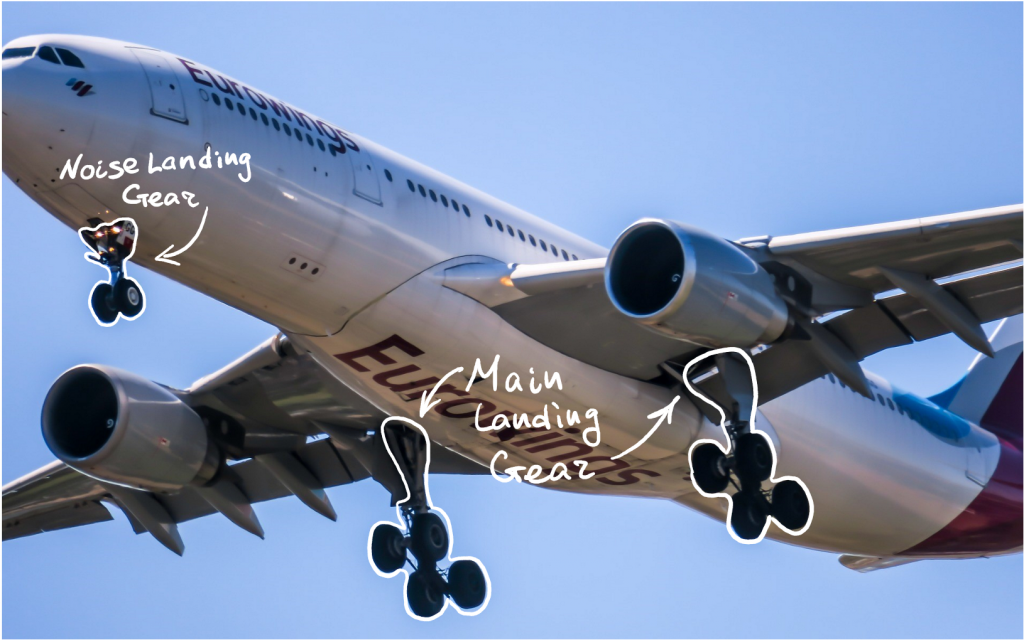
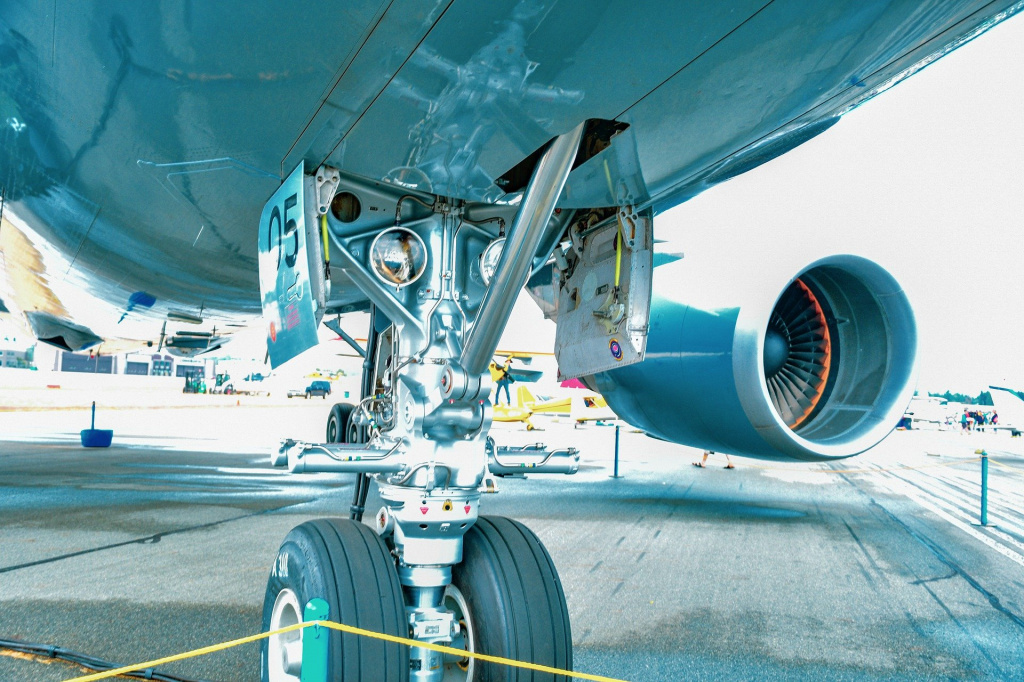
In addition to distributing the weight of the aircraft, the nose gear rotates left and right making it possible to steer the aircraft on the ground.
The nose gear can be controlled in two ways: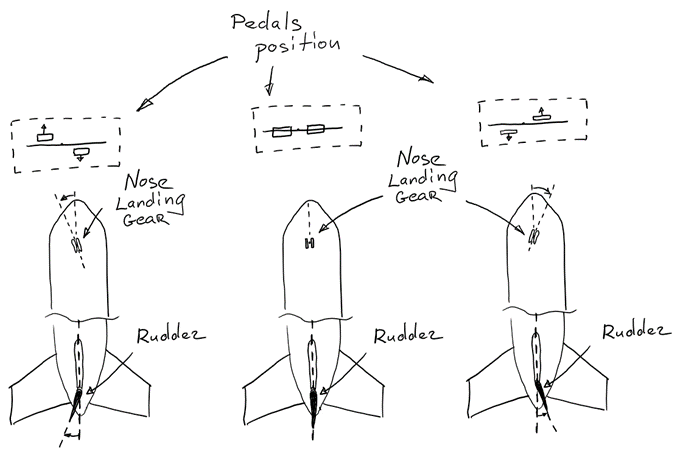

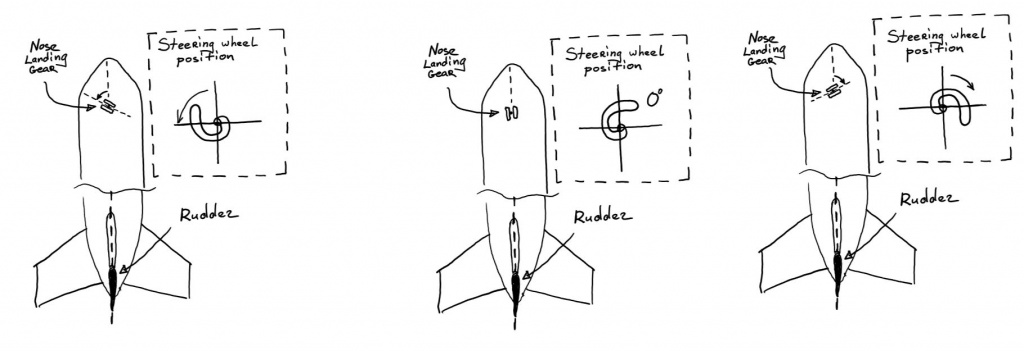
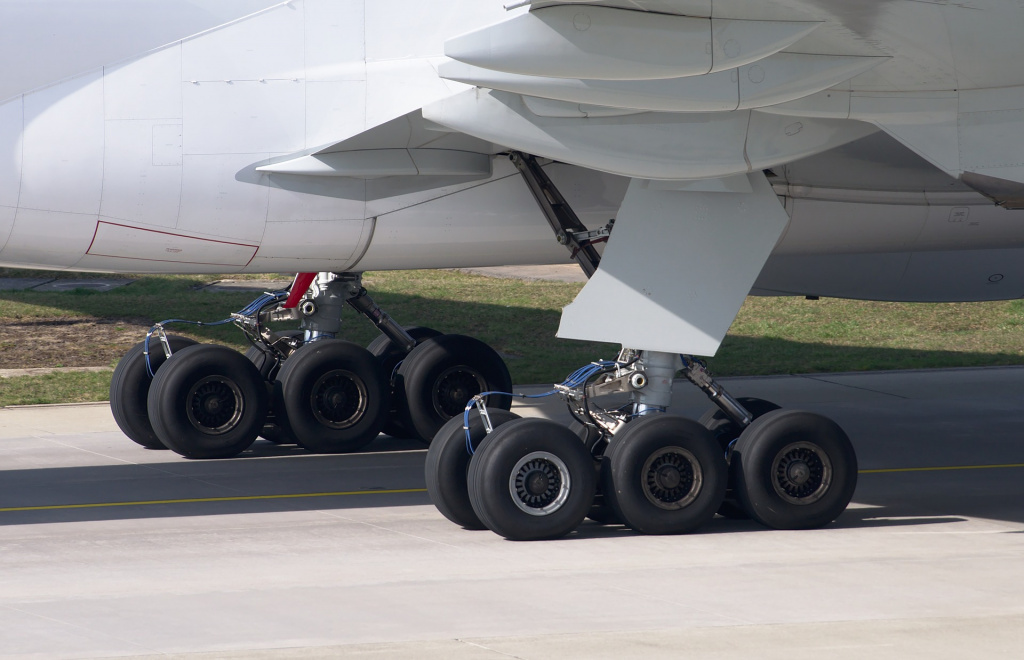
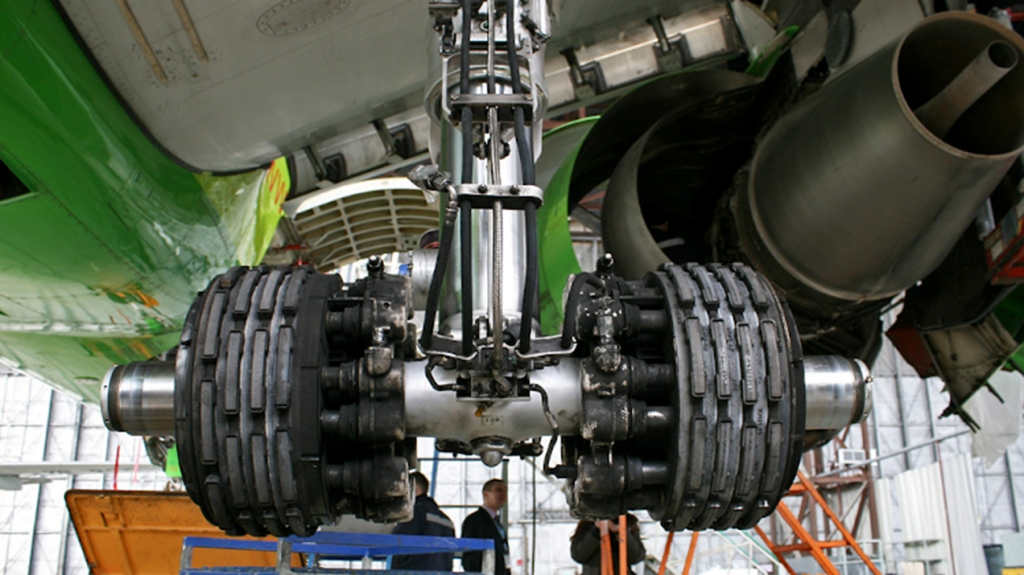
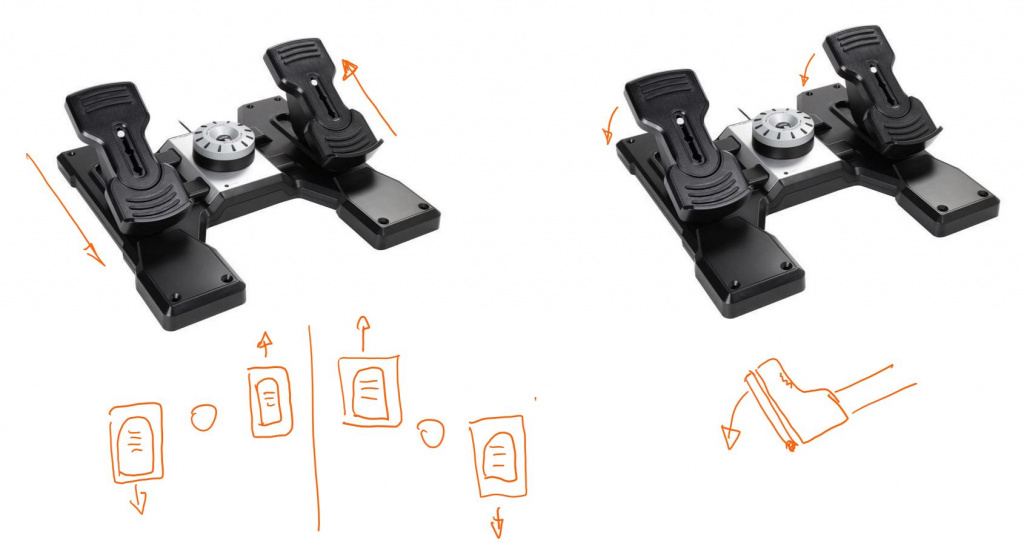
During takeoff: When engine thrust control levers are switched from takeoff to idle. This braking mode is called rejected takeoff (RTO)
The pilot can activate/deactivate the auto-braking mode in Airbus and SSJ-100 by pushing one of the four buttons under the landing gear lever (Boeing aircrafts have a switch for this). Three buttons (LOW, MED, MAX) correspond to different intensities of braking during landing, while the fourth one (RTO) activates the rejected takeoff mode.
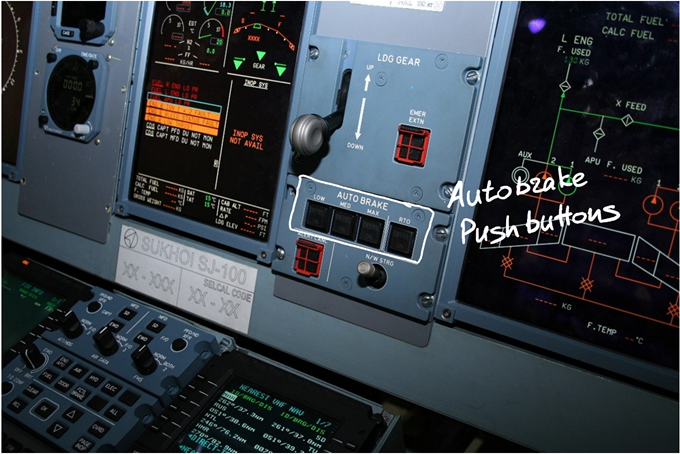
As for auto-braking during landing, it’s quite obvious. Let's take a closer look at rejected takeoff mode.
Rejected takeoff is a mode used when the crew decides to reject takeoff due to a significant failure. Takeoff can only be rejected before reaching the decision speed. Decision speed value depends on the length and condition of the runway surface and is calculated based on the ability to brake without rolling out of the runway. If a failure occurs after reaching the decision speed, the crew continues the takeoff no matter what. If it occurs before the climb, the crew will opt for braking.
Before each takeoff, the crew must activate auto-braking. The speed at the start and the intensity of braking during rejected takeoff directly affect whether the plane rolls out of the runway or not. Activated auto-braking guarantees that braking initiates immediately after the engines are switched from takeoff mode.
If takeoff has to be rejected at the maximum takeoff weight and at maximum speed, then – despite the fact that in addition to the wheel brakes the crew also uses the reverser and speed brakes – the energy that the brakes need to absorb heats them up so that they begin to glow as bright as a light bulb. The brakes keep working even after the aircraft has come to a full stop. They should hold for at least another 90 seconds before setting the landing gears on fire. According to standard regulations, in 90 seconds an on-duty fire brigade present at the airports at all times should reach the plane (and they actually make it!).
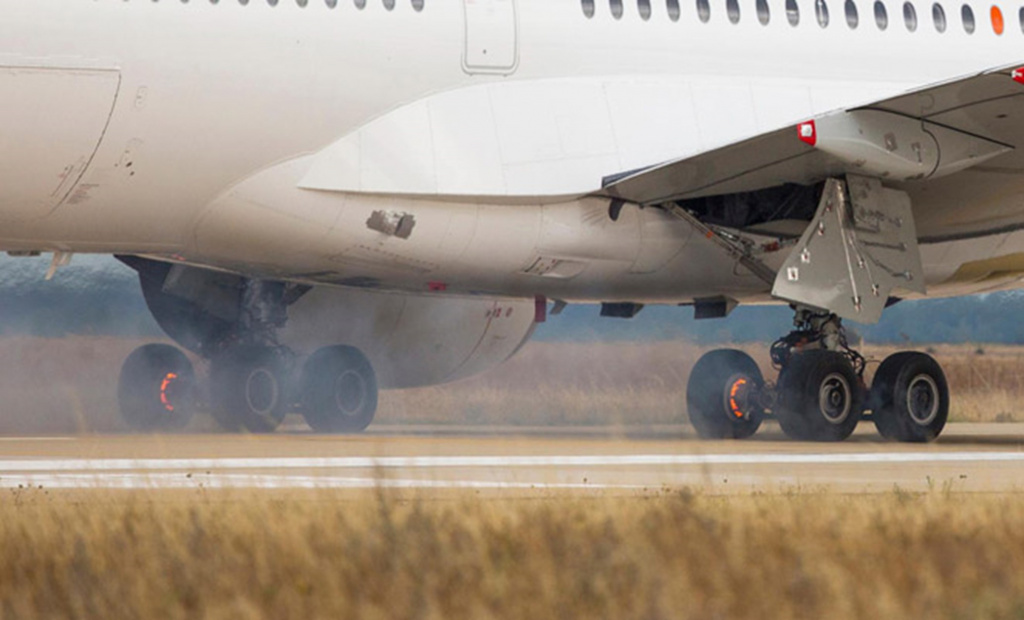
Airliner brakes also have a critical function, namely the anti-lock braking system (ABS). The main difference between an aircraft ABS and a car ABS is the consequences of wheel locking: in case of a car locking may lead to impeded control and a longer braking path, whereas in case of a landing aircraft locked wheels would simply explode from friction against the pavement. And without main gear tires, braking is neither effective nor safe. This makes aircraft ABS an always-on and rather critical function.
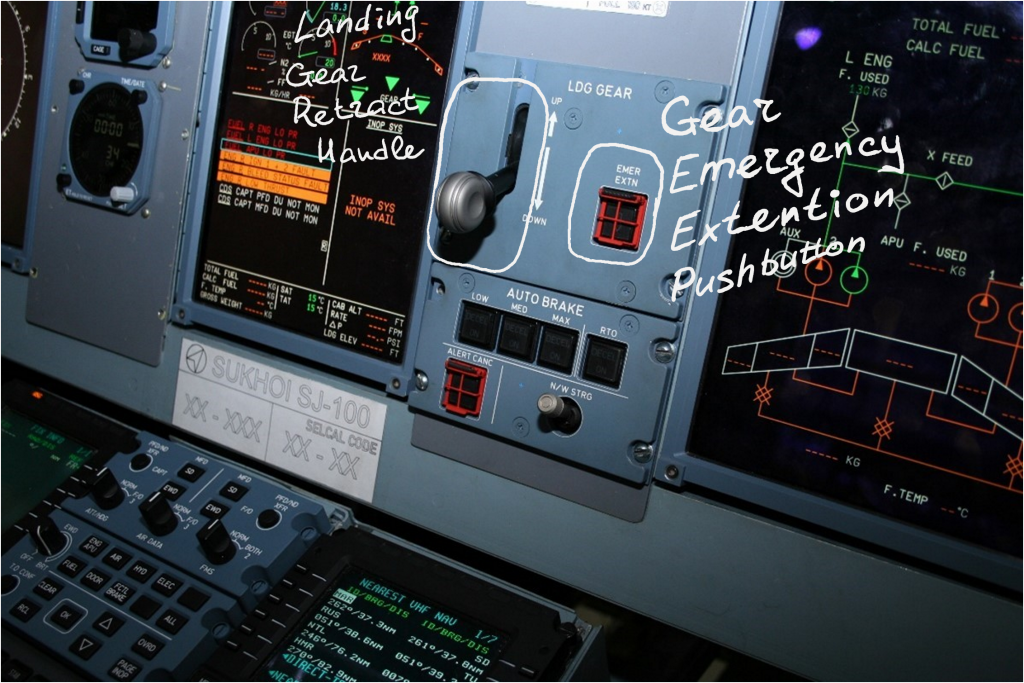
To improve aerodynamic properties of the aircraft, the retracted landing gear compartments are closed with access doors, so normal landing gear retraction looks as follows:
The computer unlocks closed-position doors and sends a command for the doors to open.
The doors are fully open and locked in the open position. Relevant sensors report this to the computer.
The computer unlocks extended landing gear and begins to retract it.
Gears are fully retracted and locked in the closed position. Relevant sensors report this to the computer.
The computer unlocks open-position doors and begins to close them.

WOW (Weight On Wheel) information is crucial for many systems. It would probably make sense to list some of the functions that depend on this signal:
In case of WOW signal activation:
For landing: if auto-extension of speed brakes is activated, the control system releases airspeed brakes (spoilers). Speed brakes distort the flow about the wing, the lift force drops dramatically, weight shifts to gears, and the wheel brakes become efficient
For landing: the automatic wheel braking system is activated (see above)
Engine reverse interlock is switched off
Some of transmitting radio devices are switched off (not to expose the ground support personnel to radiation)
Once the aircraft has stopped, maintenance system messages pop up that did not require pilot’s actions during the flight
Pressure control system equalizes the pressure inside and outside the aircraft
In case of deactivation of WOW signal:
Landing gear retraction is unlocked
The brakes are briefly activated to brake the wheels that keep mechanically rotating after taking off
Engine reverse switching function is blocked
Some of the CAS messages are blocked, in particular those that do not call for the pilot's immediate actions during the flight (in fact, this blocking occurs as soon as the engine control sticks are switched to takeoff; however, it’s the landing gear compression sensor that directly indicates that the aircraft is in the air)
Landing gear compression sensors are usually multichannel and are installed on each gear. Data from numerous sensors are collected by special devices – data concentration units. Based on the acquired data, signals for compression of each gear and a signal for compression of all gears are generated. Within the context of the above functionality, different signals are used: compression signals from two main gears are enough to initiate auto-braking, whereas all three racks need to be compressed for maintenance mode to switch on.
As we were working on this article, we decided to find out why the bogie of the main landing gears in some aircrafts (e.g. Boeing 757) is tilted during the flight so that the front wheels are higher than the rear ones:
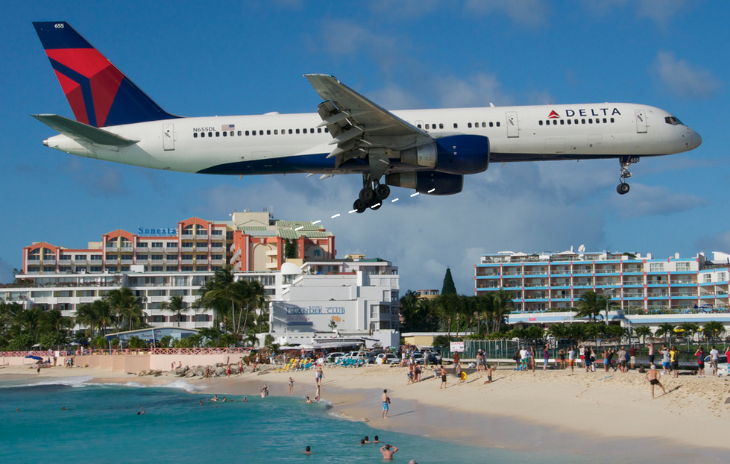
For Boeing 767 it’s the other way round – the front wheels are lower than the rear ones:
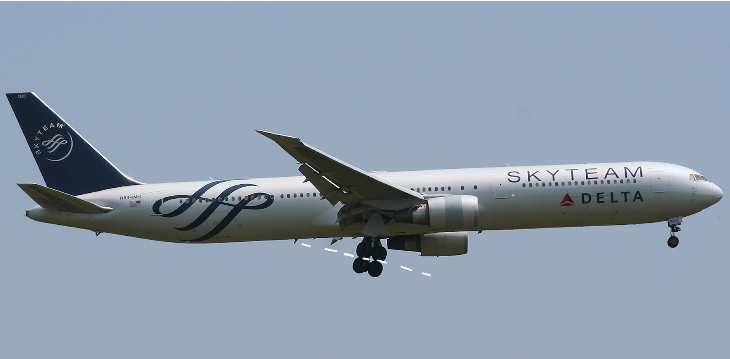
As it turns out (thanks to this video https://www.youtube.com/watch?v=mqPMANOEG7Y), the trick is in the design of the landing gear compartment. What’s most peculiar, in the military freighter C5 Galaxy, the main landing gears are extended against the aircraft trajectory and only then are they turned through 90 degrees to the intended position.